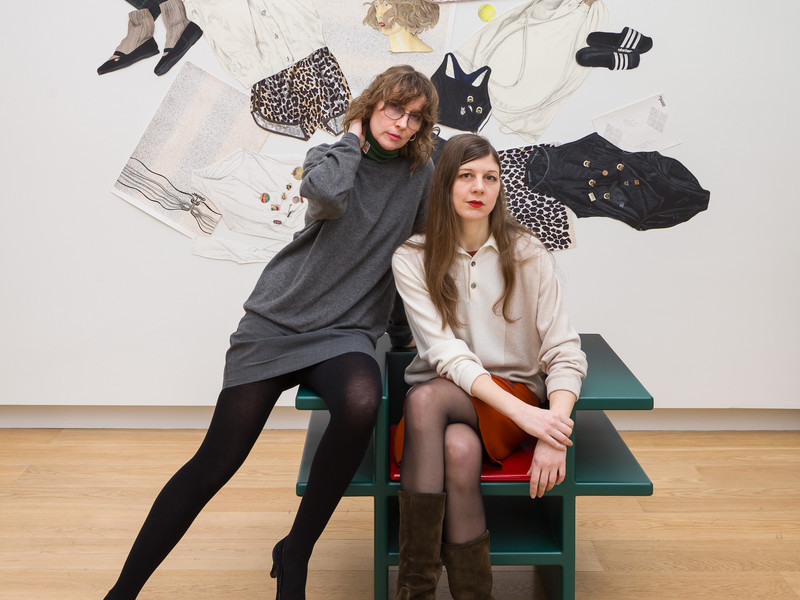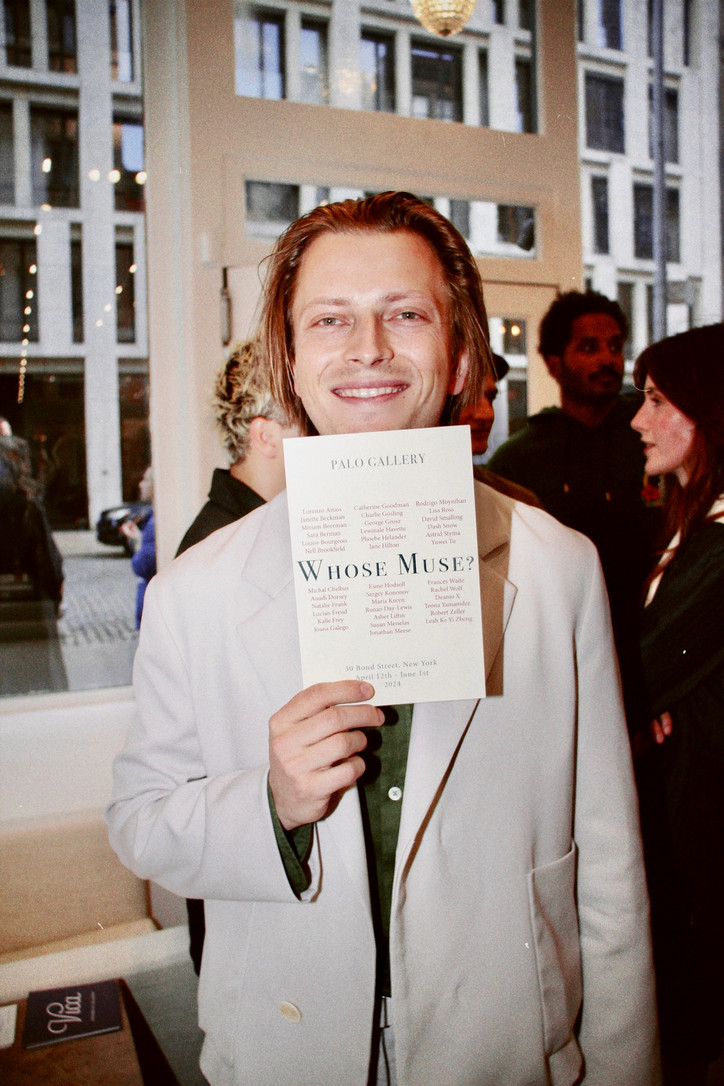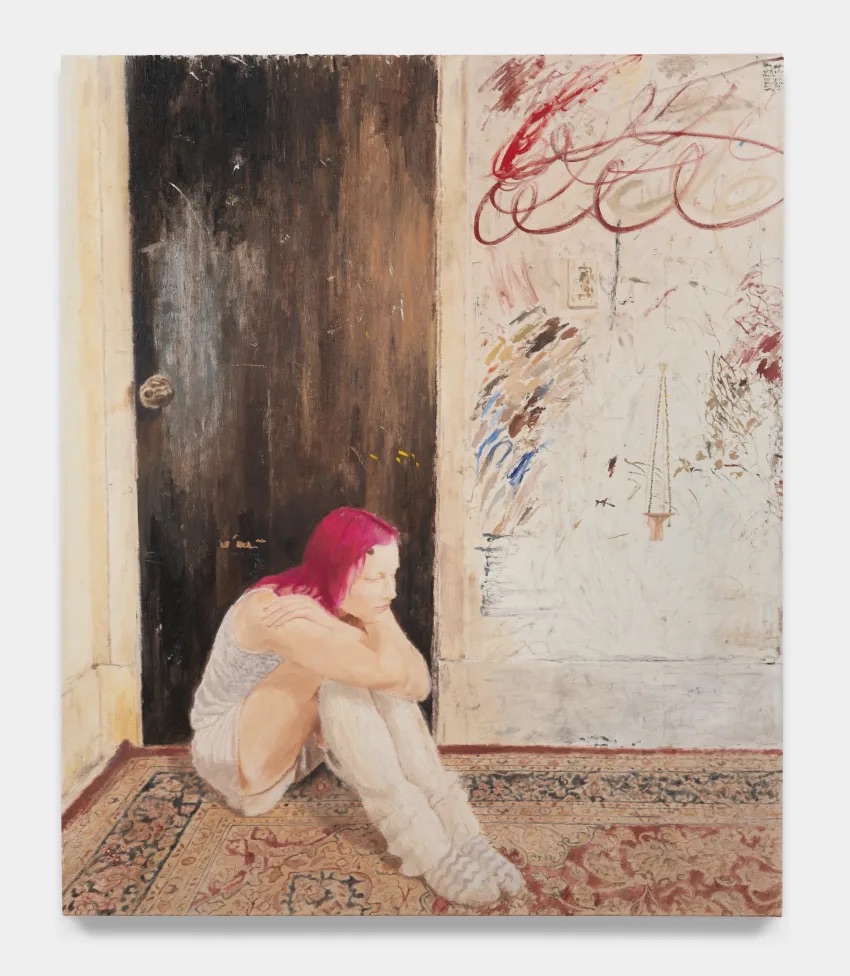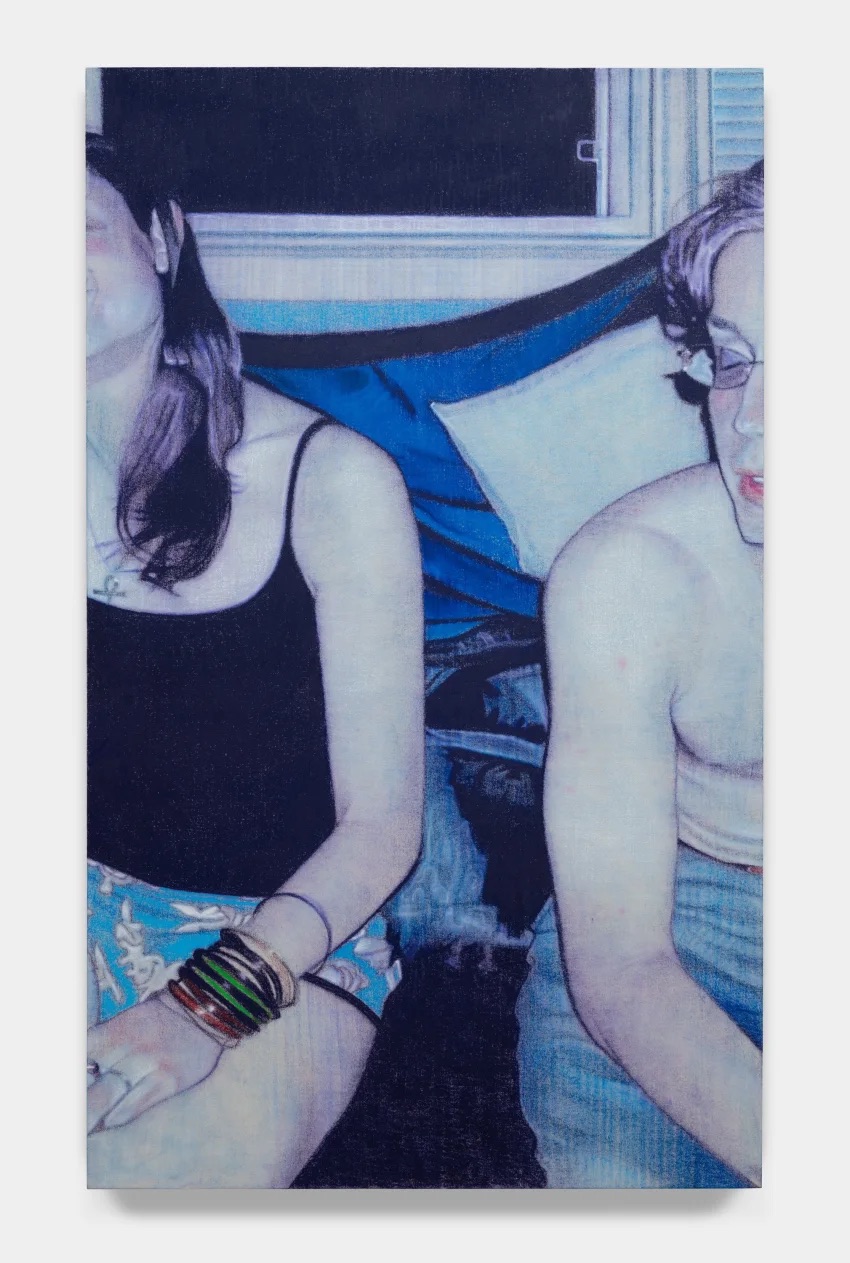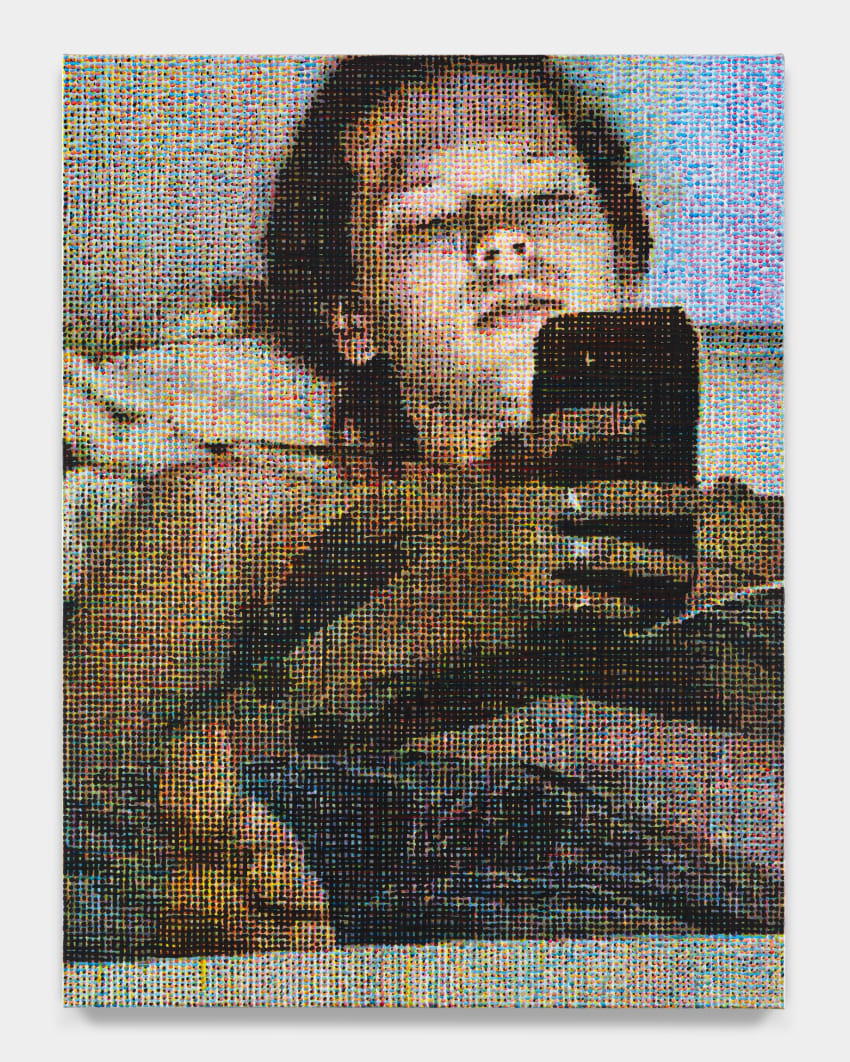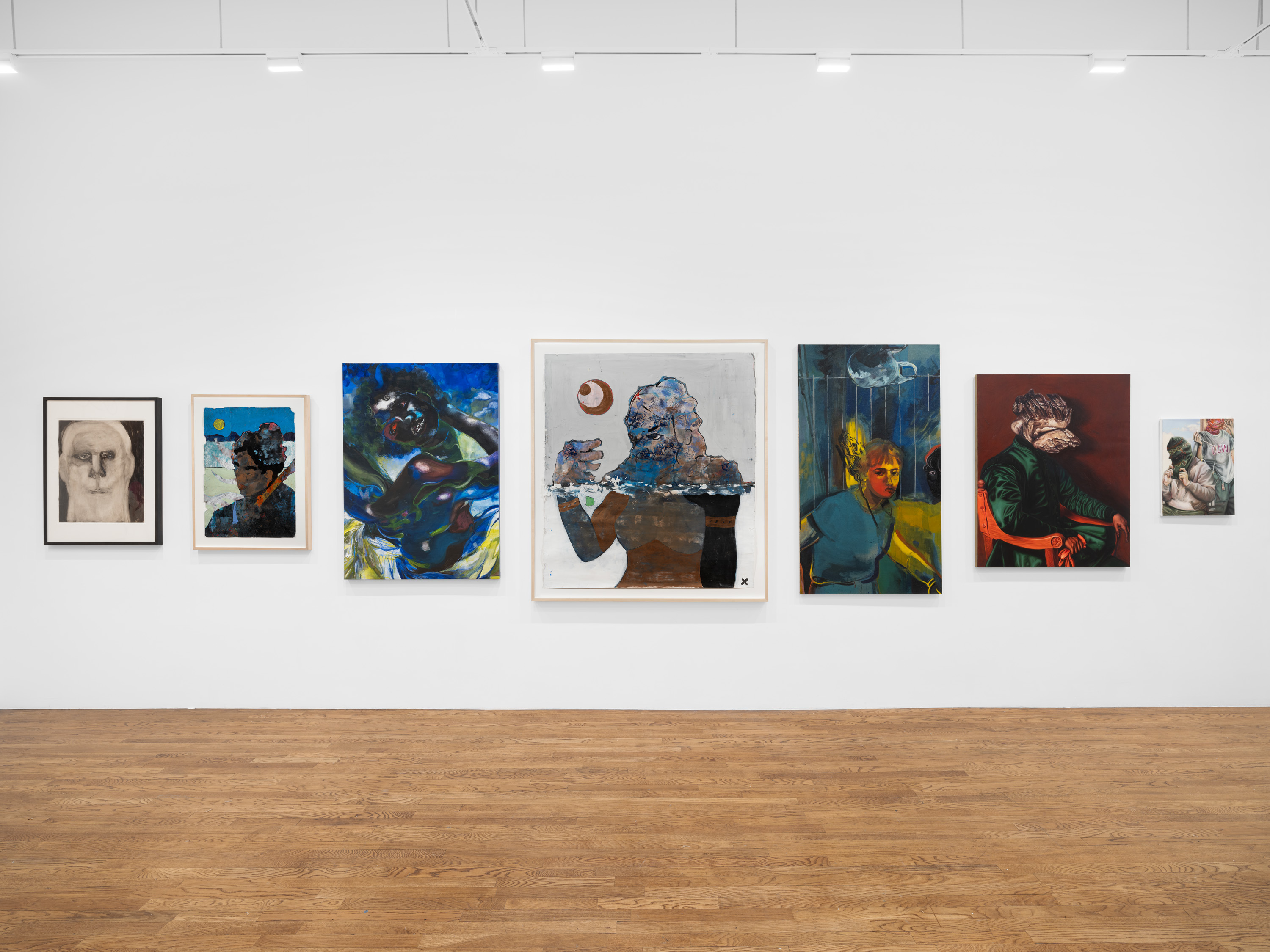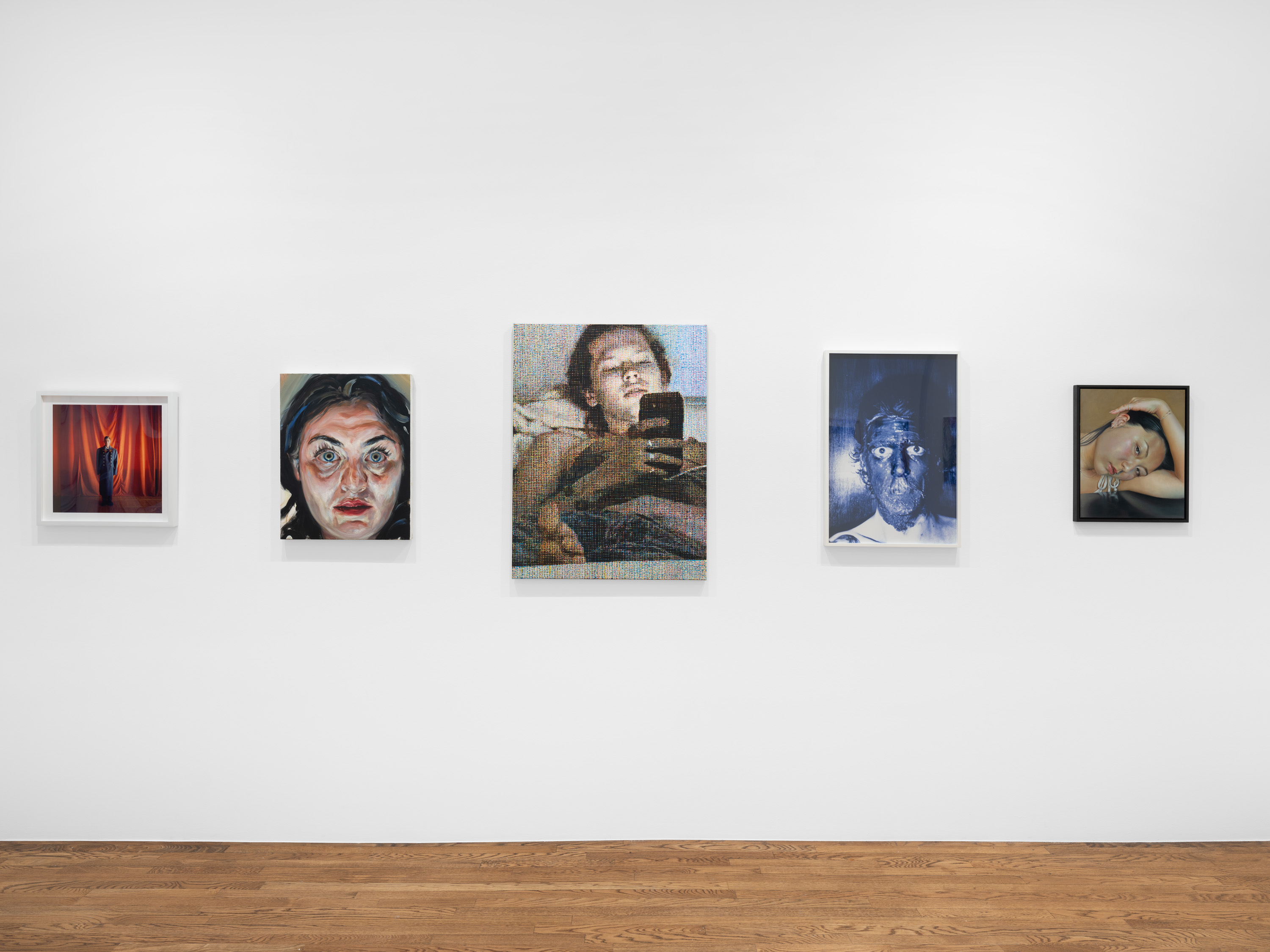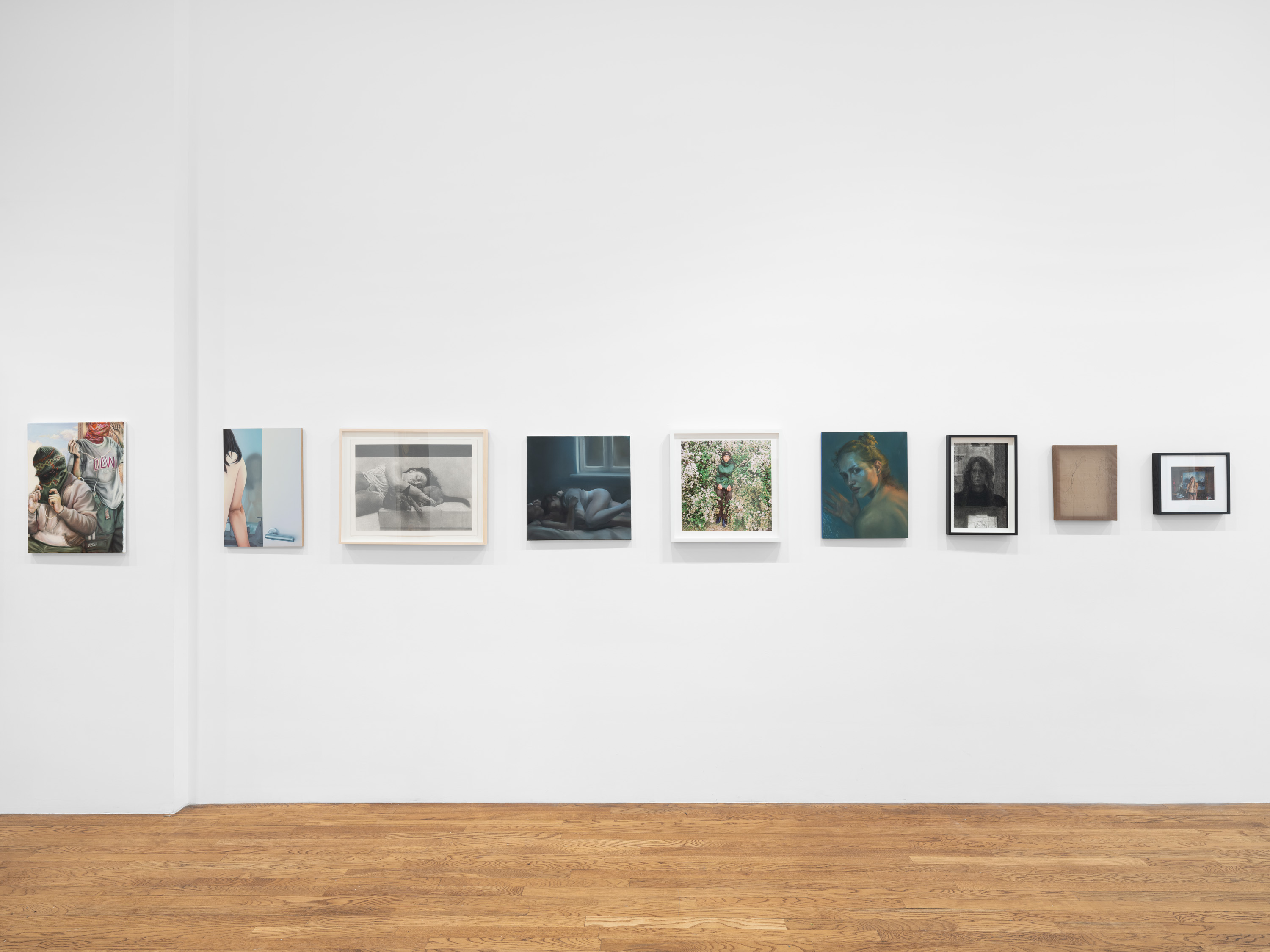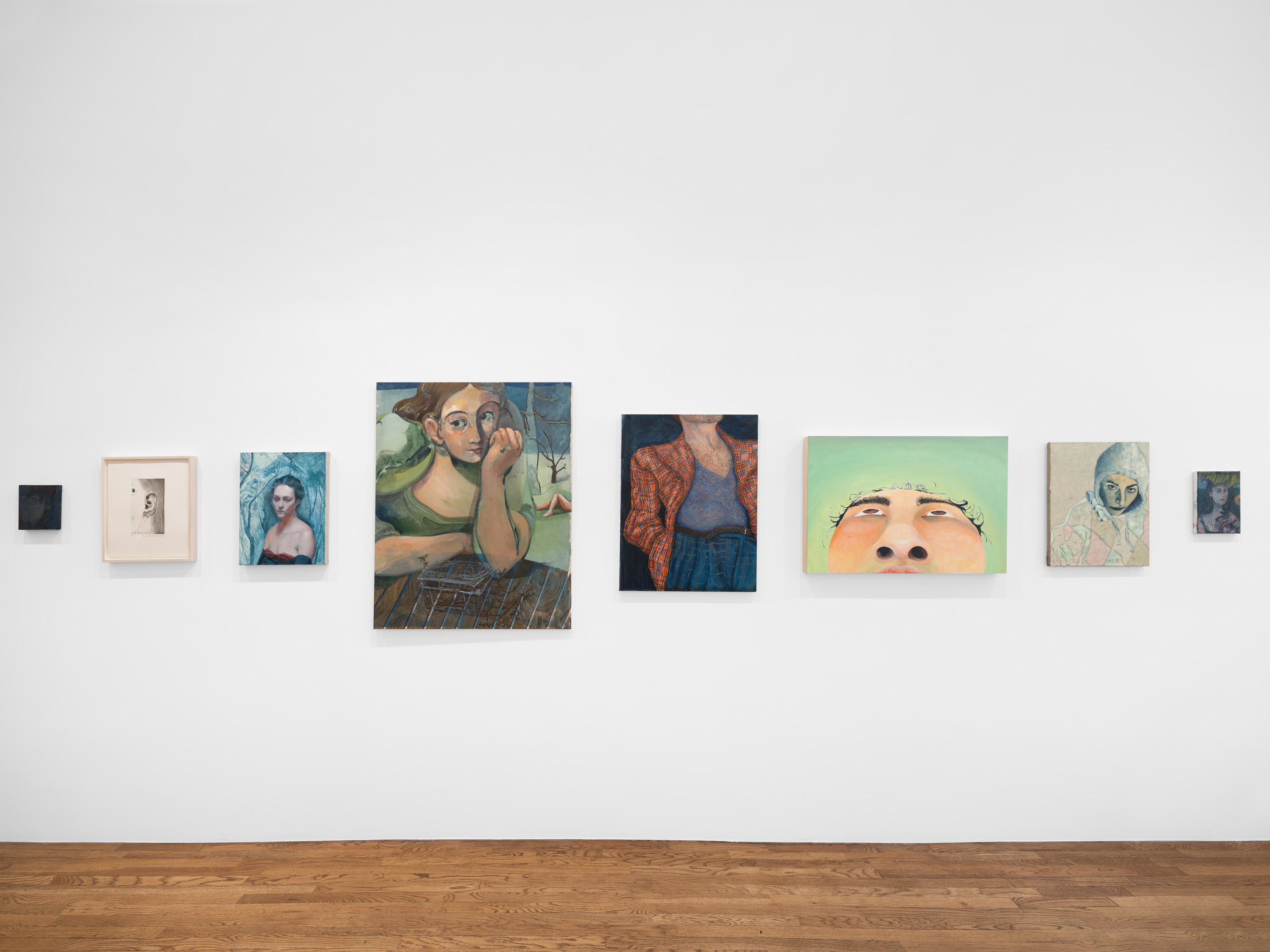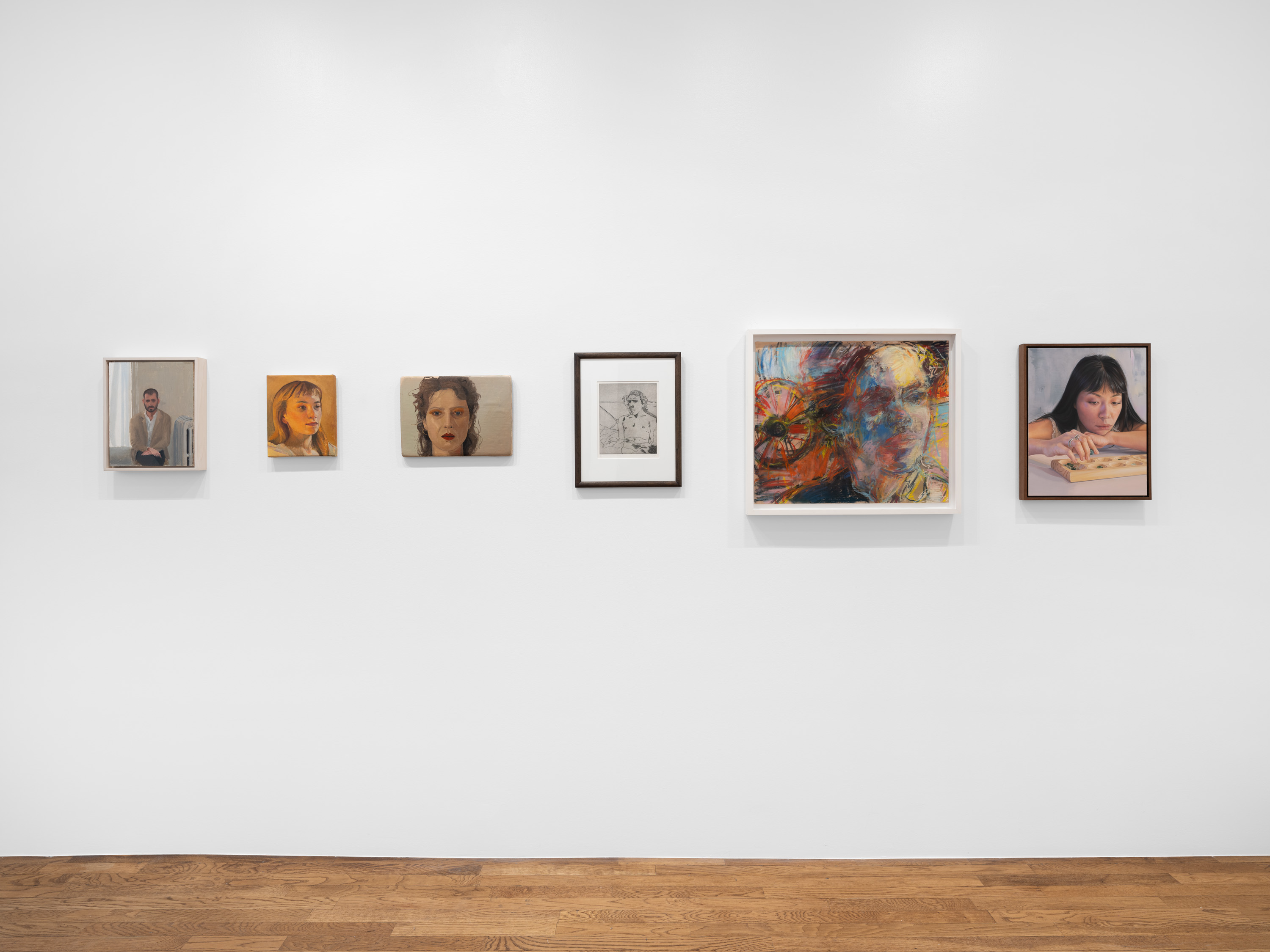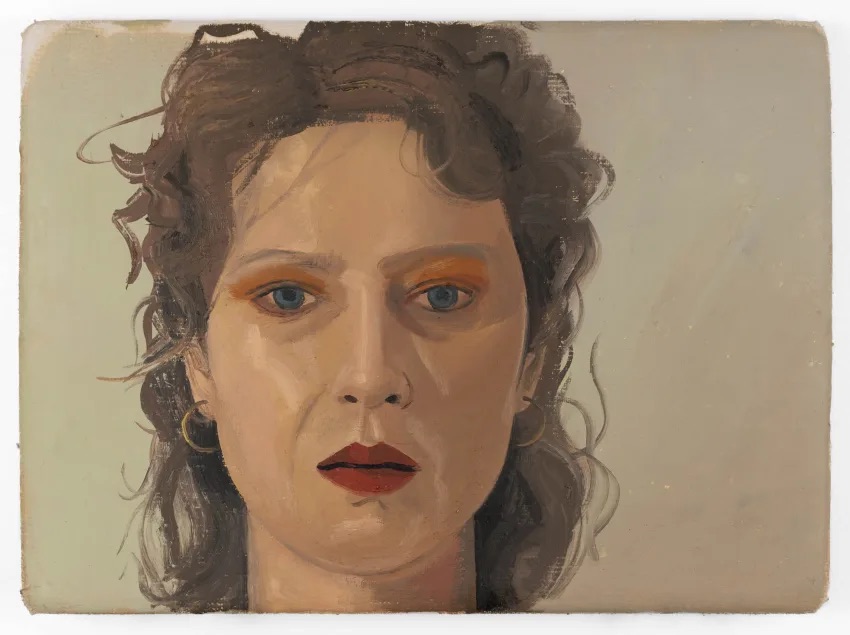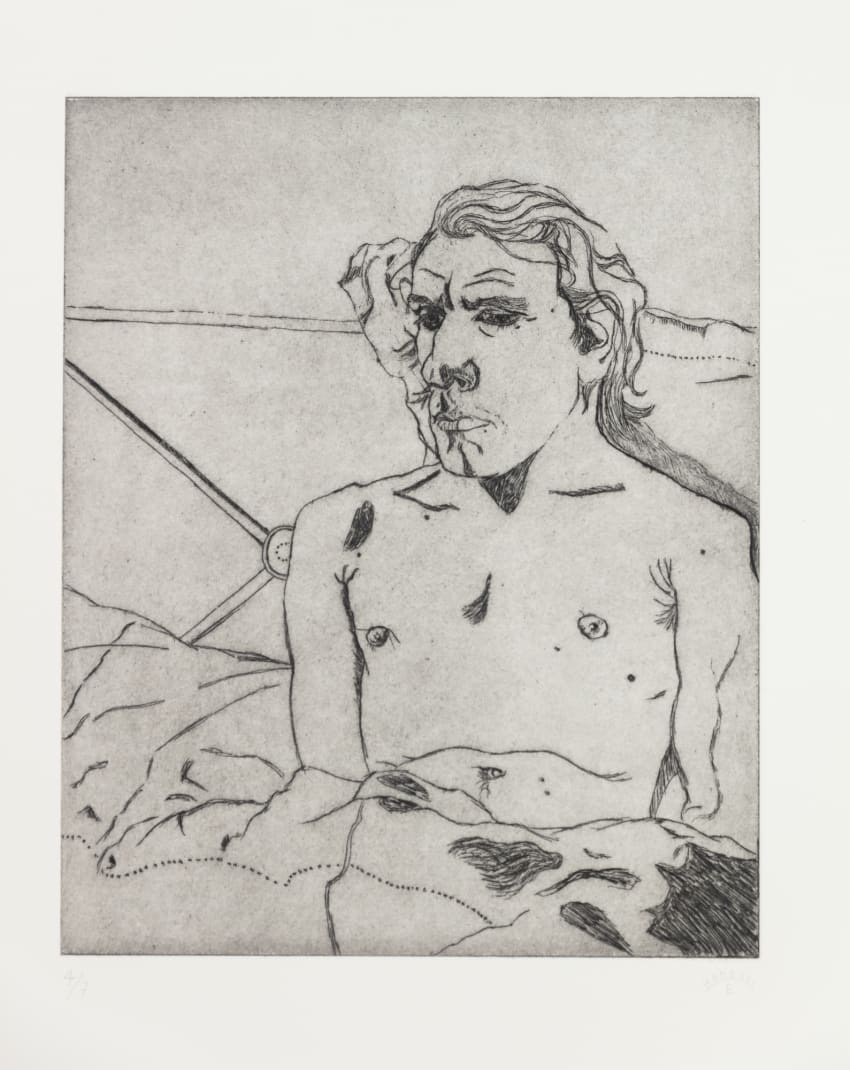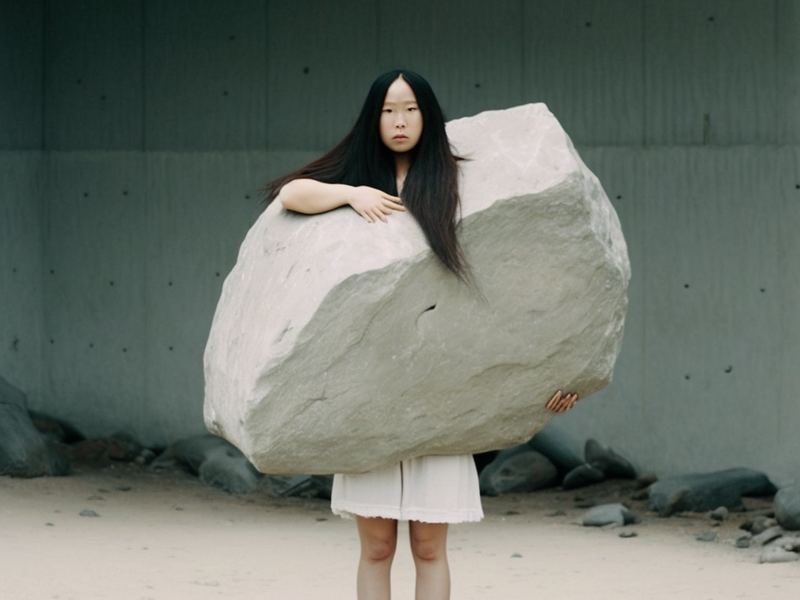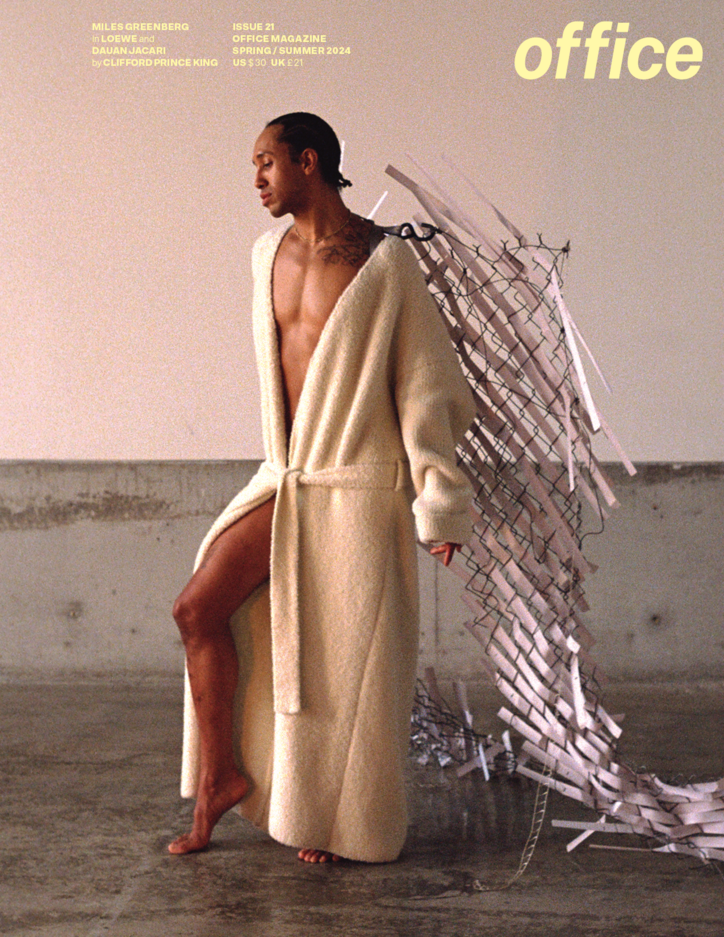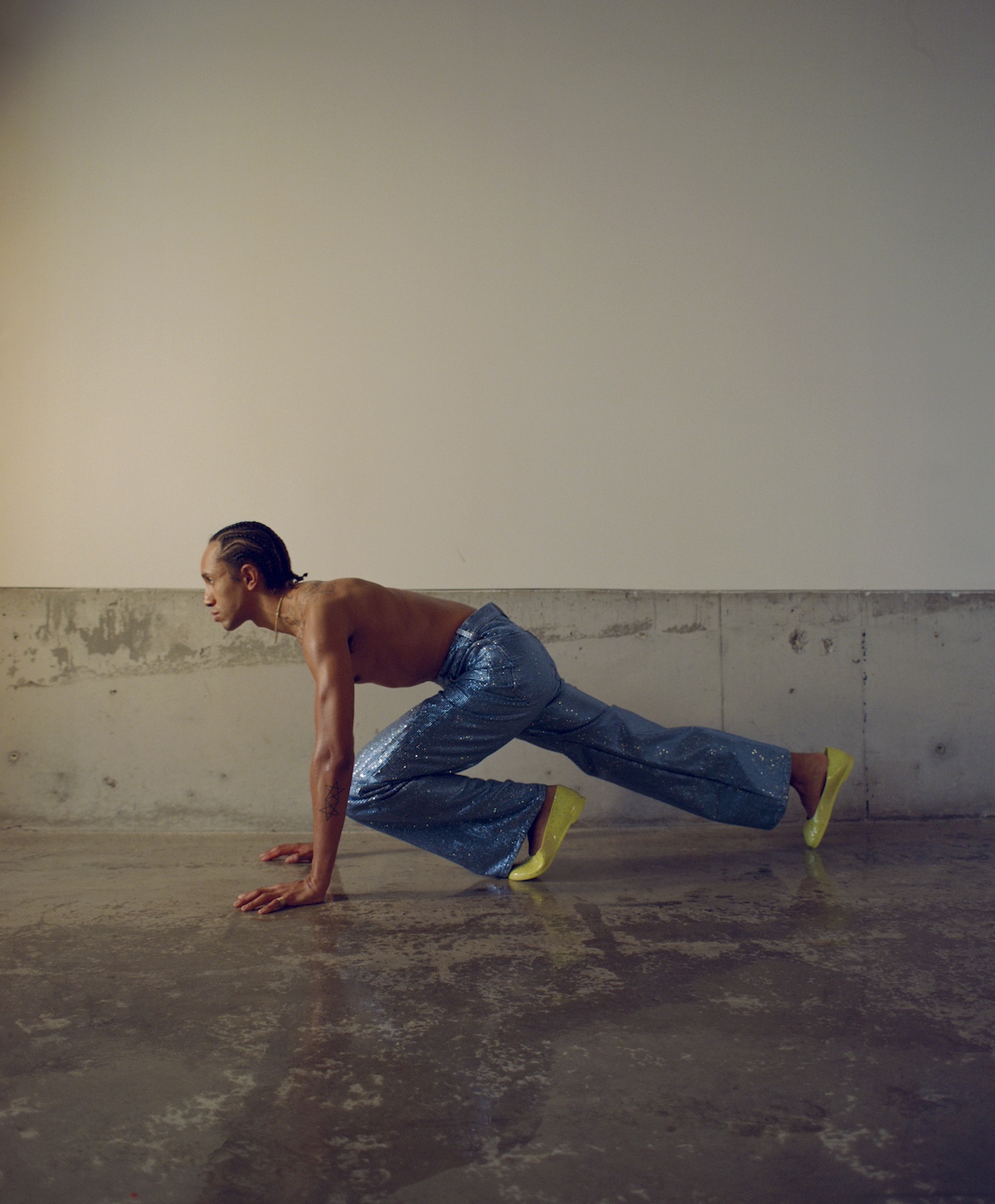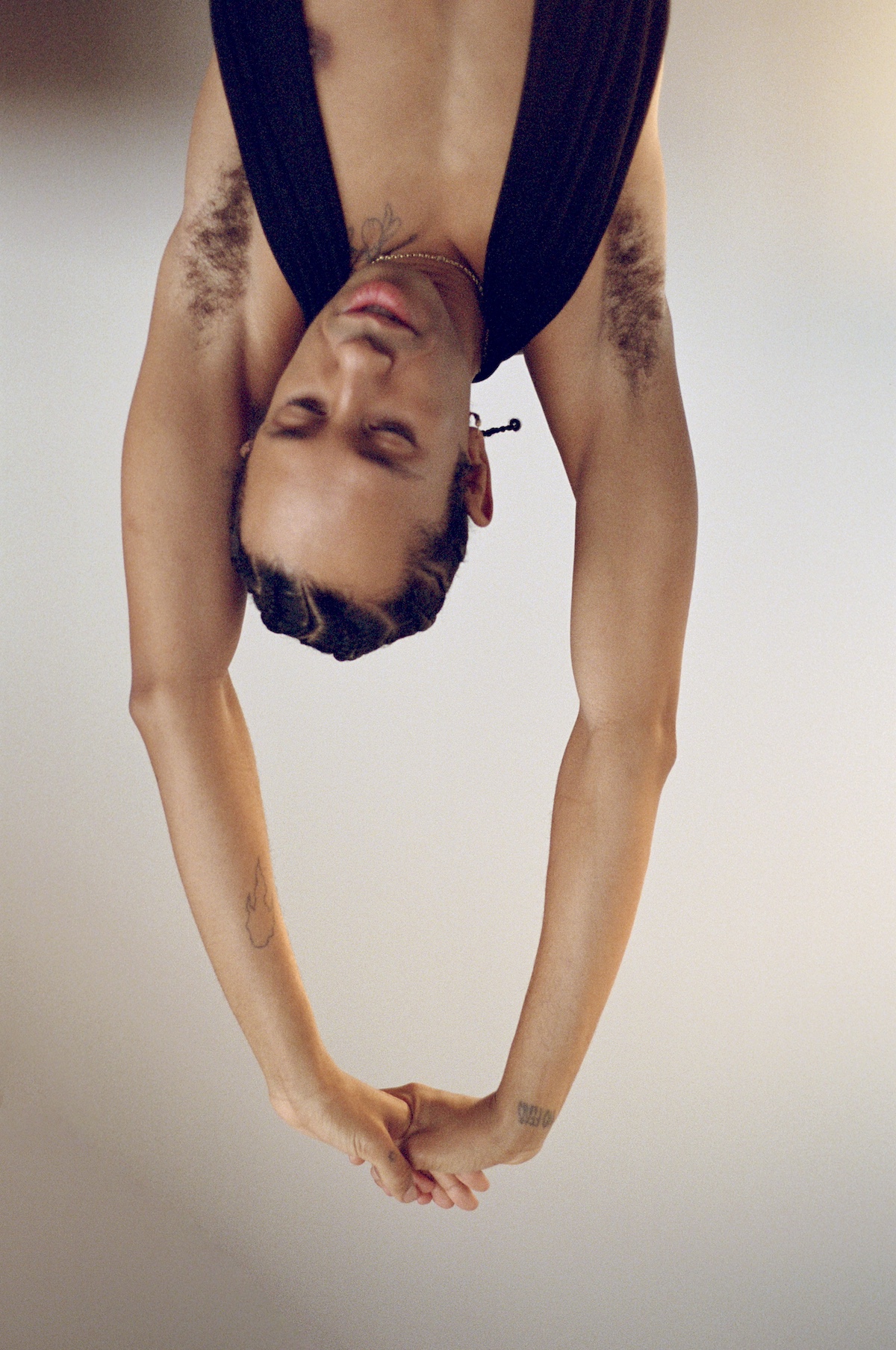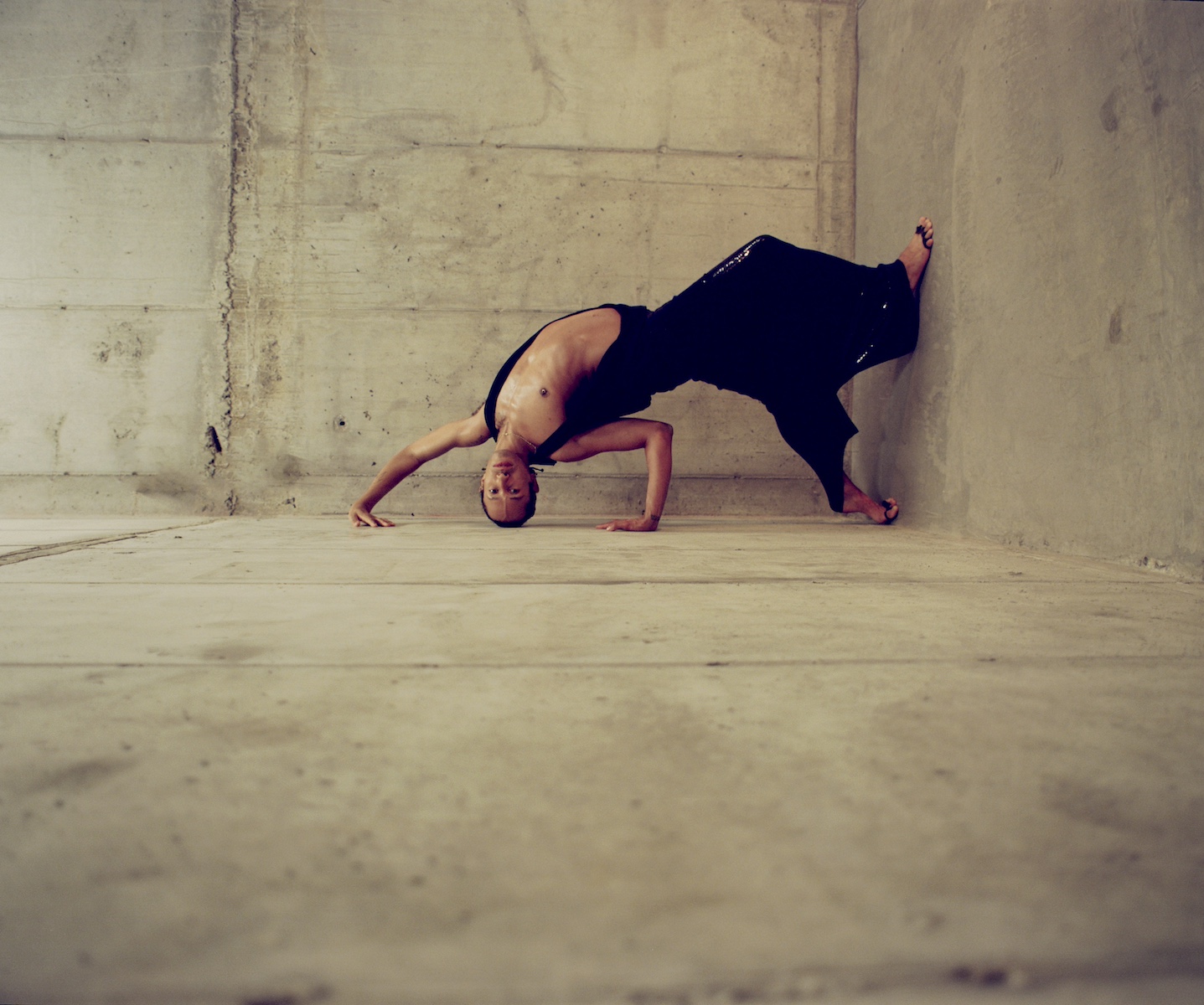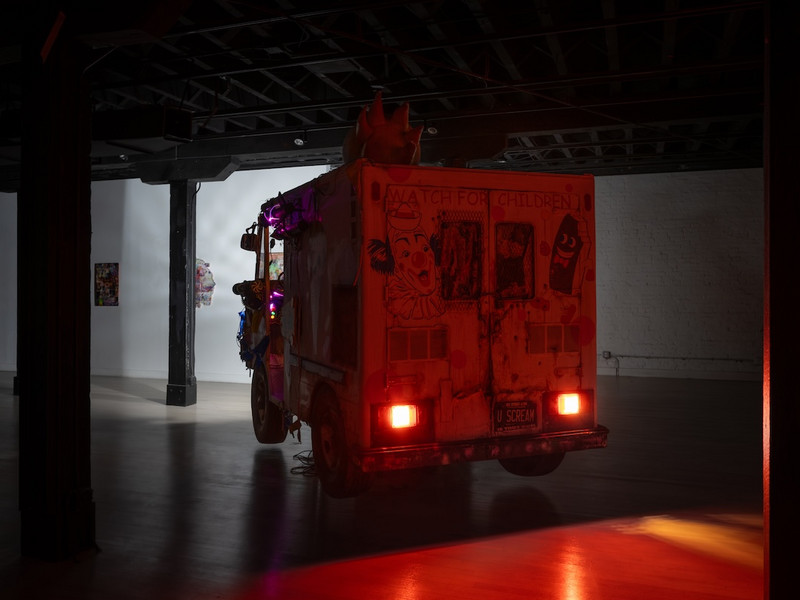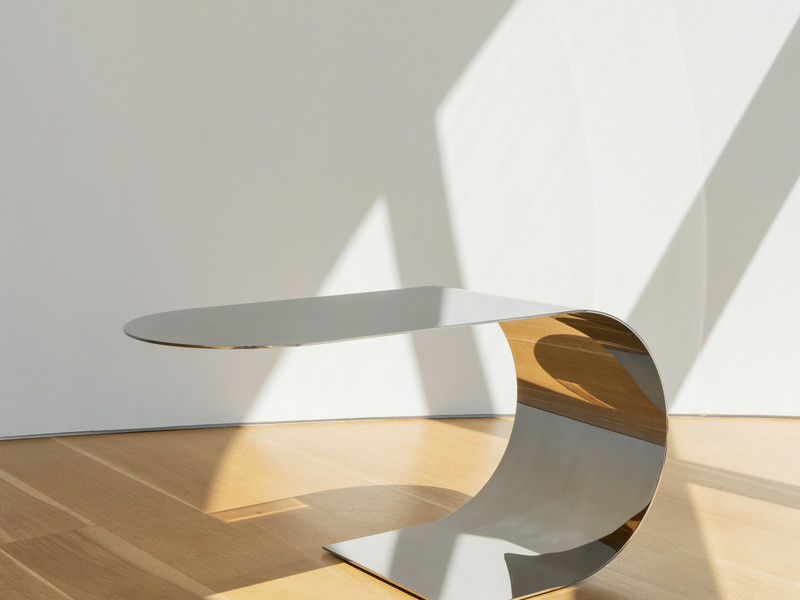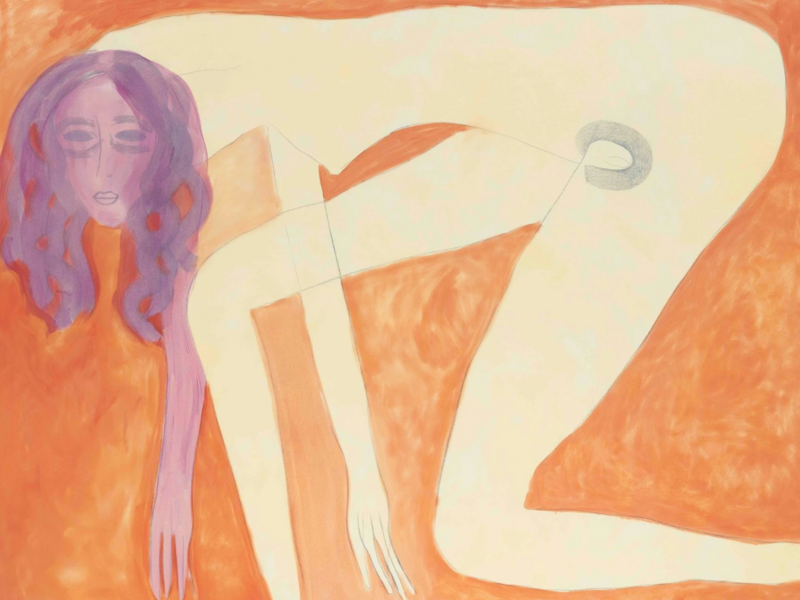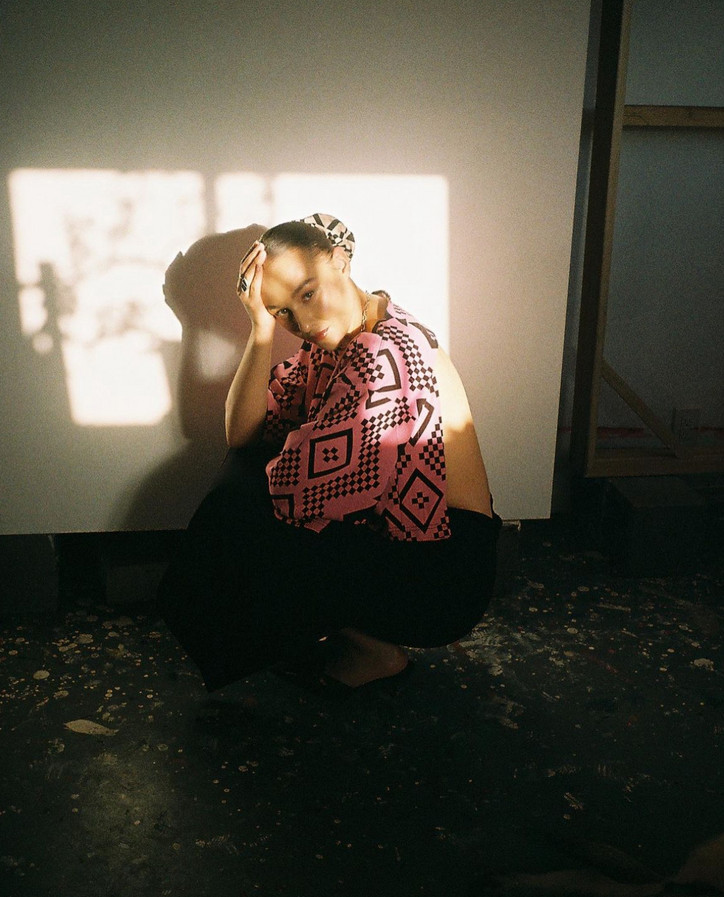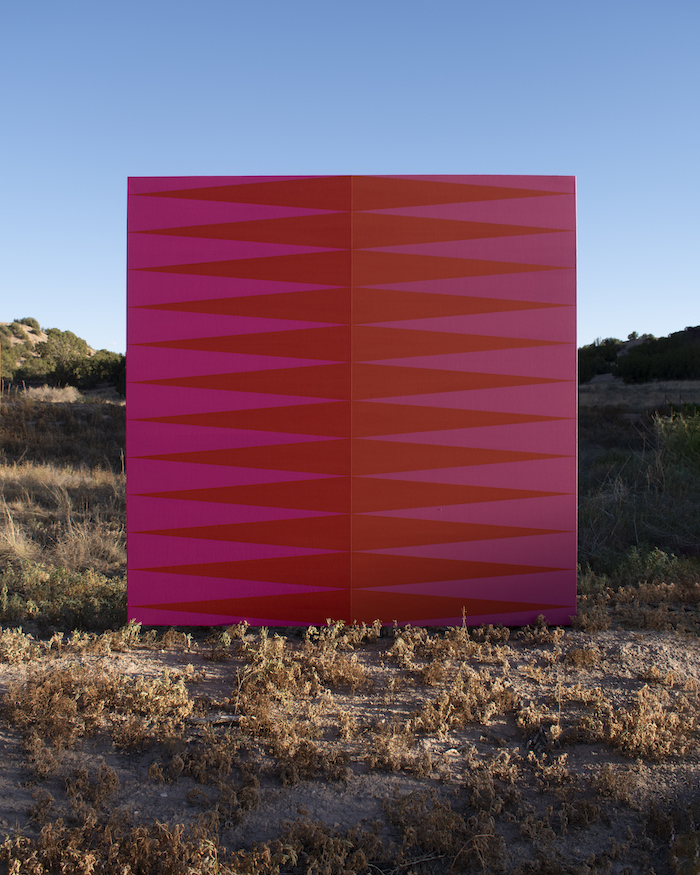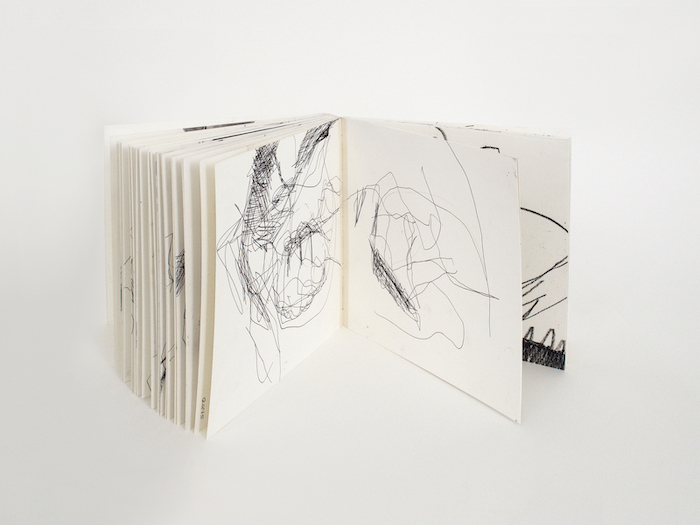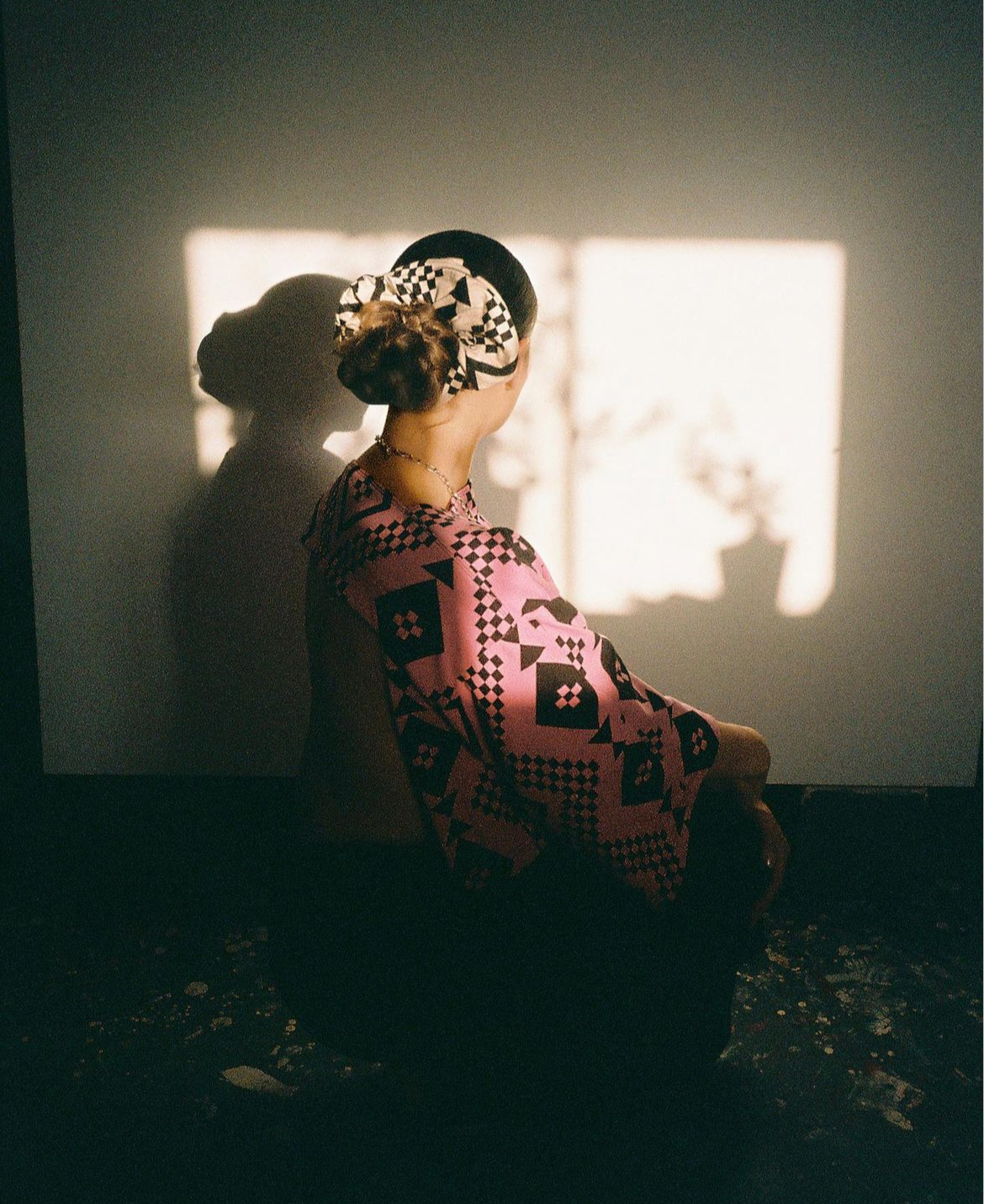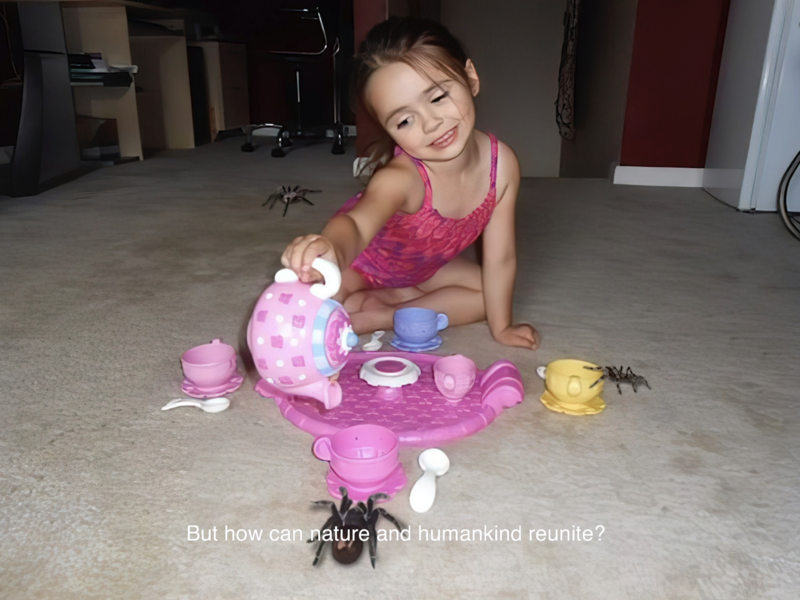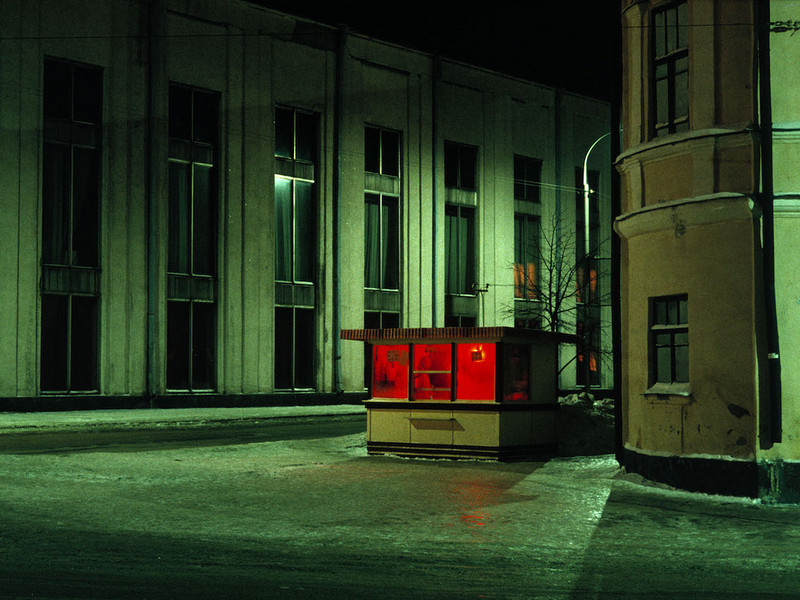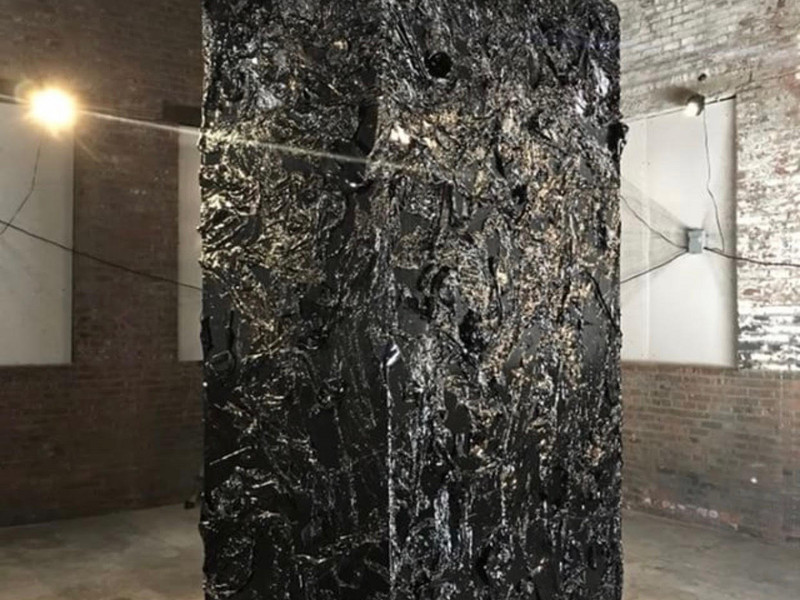If Paintings Could Speak
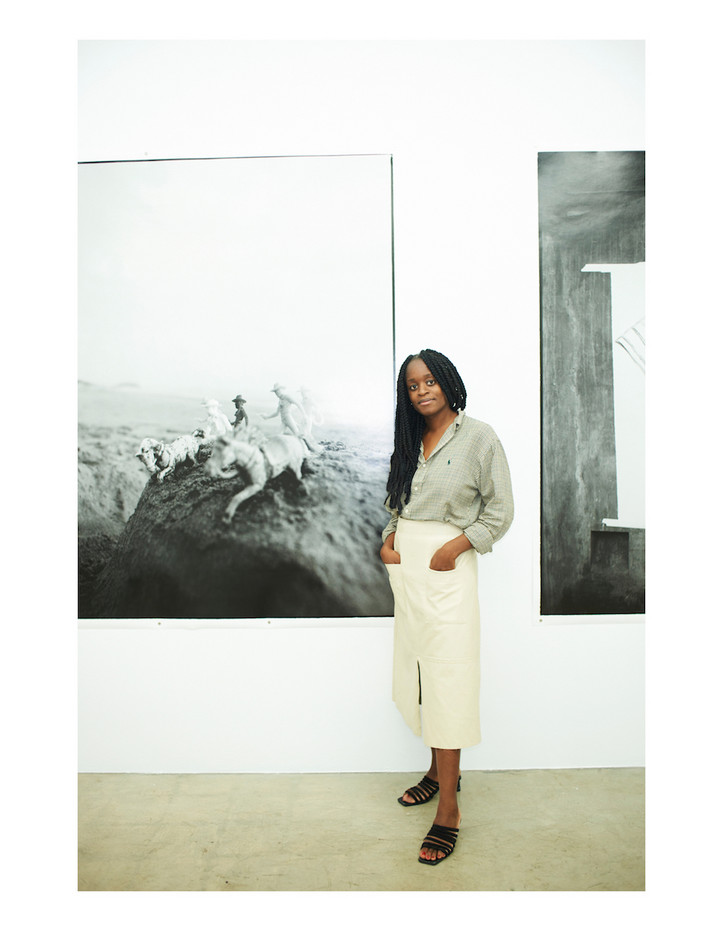
As the title of the show suggests, the idea behind the exhibition is the process by which thoughts become words, and words, in turn, become images. Each artist selected a work of literature and expressed it as a piece of actual art. At the opening, visitors were challenged to find connections between the words and the images.
Some artists took a more literal interpretation. Dev Hynes developed a series of vibrant videos entitled “Hope” that was inspired by the late poet Essex Hemphill’s prose. Hemphill offers commentary on topics of black identity in the media, a point of reference in much of Dev’s work as both a musician and director.

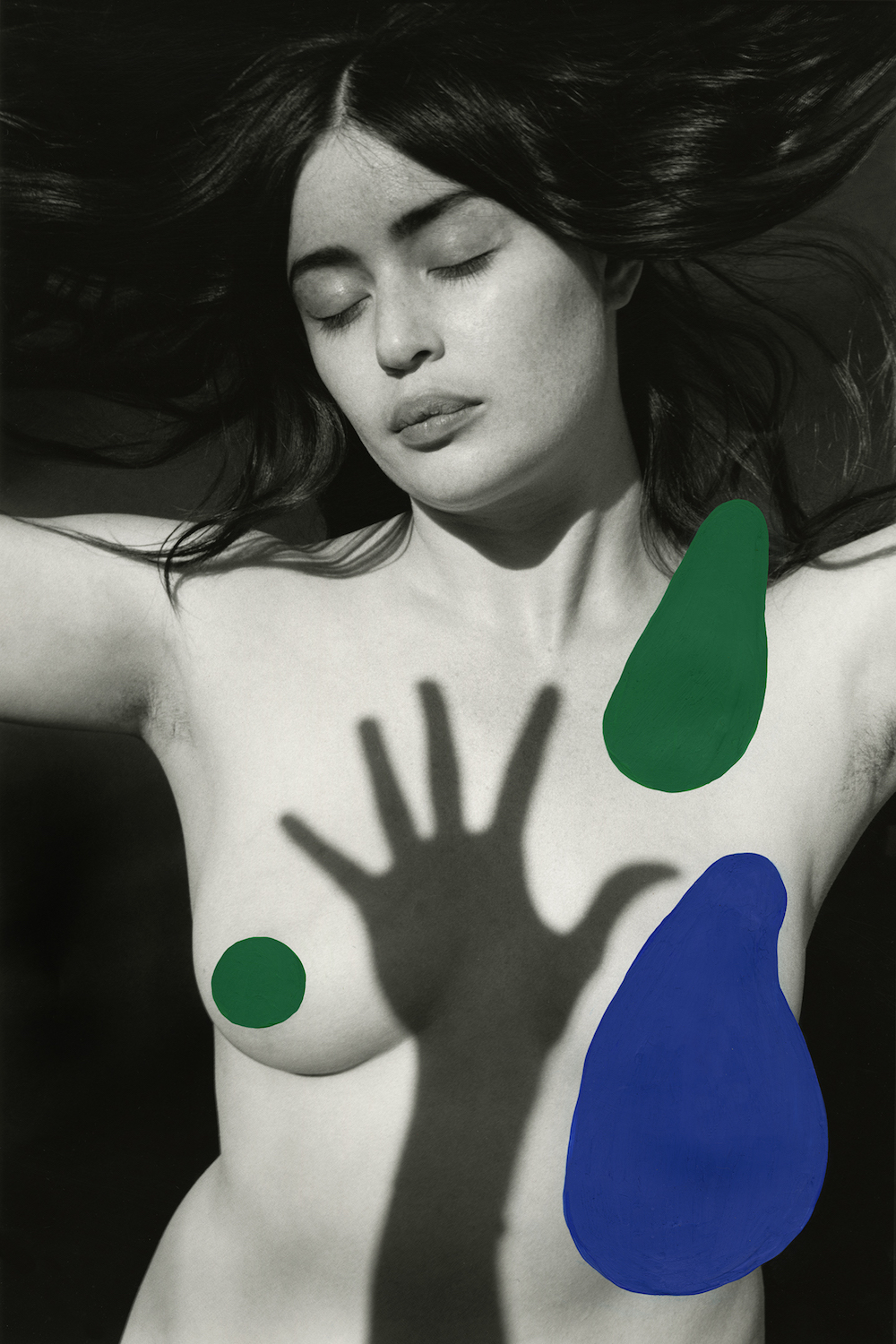
Amanda Charchian

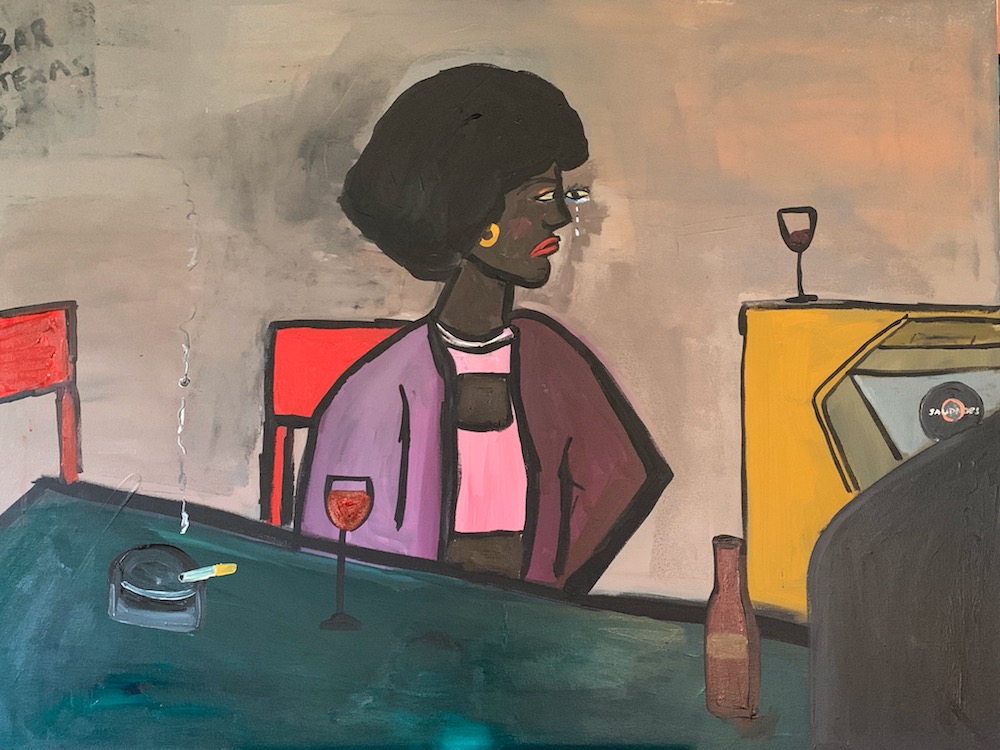
Left - Dev Hynes
Right - Cassie Namoda
Rising female artists Kelsey Lu, Cassi Namoda and Amanda Charchian reinterpreted literature through a more conceptual lens, drawing upon themes of desire and identity. Rather than basing her work off of someone else’s literature, Lu created a film piece derived entirely from her own poetry entitled “Man’s Best Friend” that is a combination of her experiences with nature, art and music-making.
Painter Cassi Namoda’s work features figurative paintings that are steeped in literary references. Most of the figures in her work comes from characters out of books she has read in her past. Her work pays homage to her upbringing and her mother’s roots in Mozambique through representation. Her paintings in the show reference a book she recently read, Anne Pitcher’s Transforming Mozambique: The Politics of Privatization, 1975–2000 during a research hole on tea plantations in Gurure where her grandfather worked.
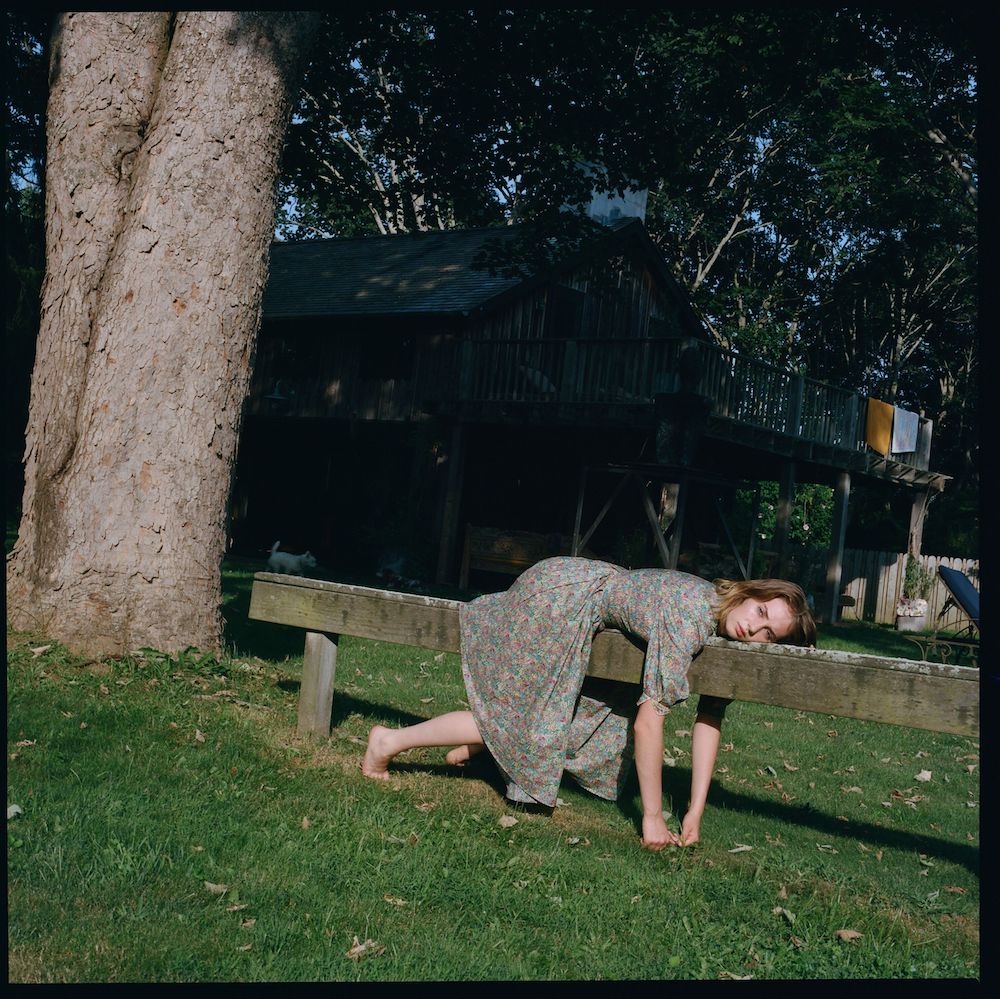
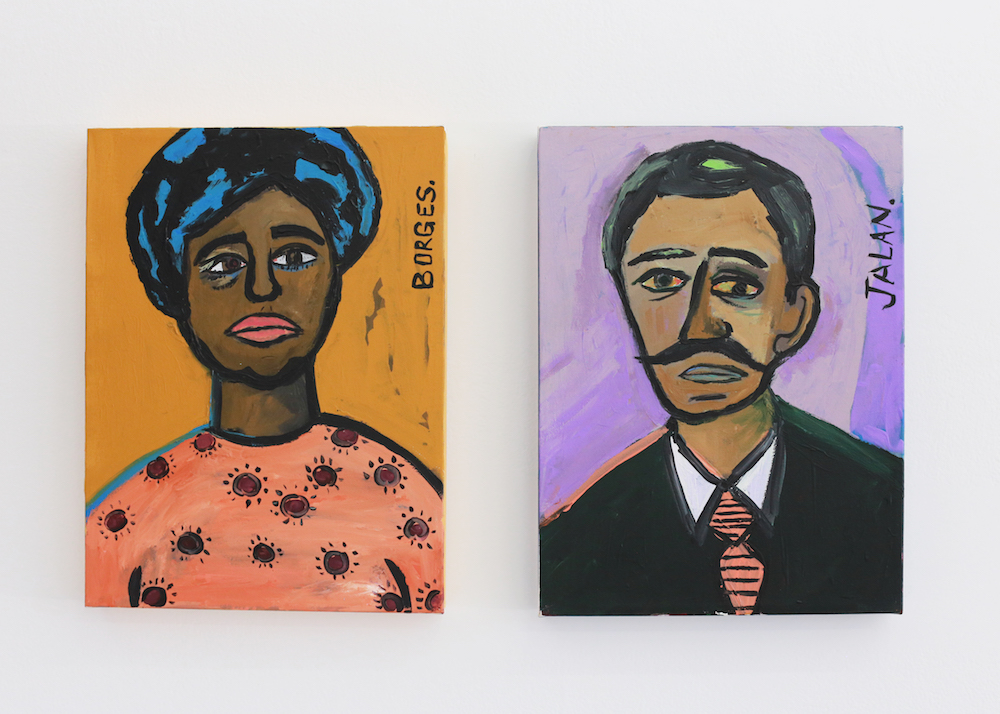
Left - Gia Coppola
Right - Cassie Namoda
Photographer Amanda Charchian created prints that examine Patrick Suskind's Perfume: The Story of a Murderer. Suskind’s text is brought to life in Charchian’s nude ethereal prints of the nude female body. In Charchian’s own words, “Painting shapes on photographs alludes to the lingering forms in the ether.”
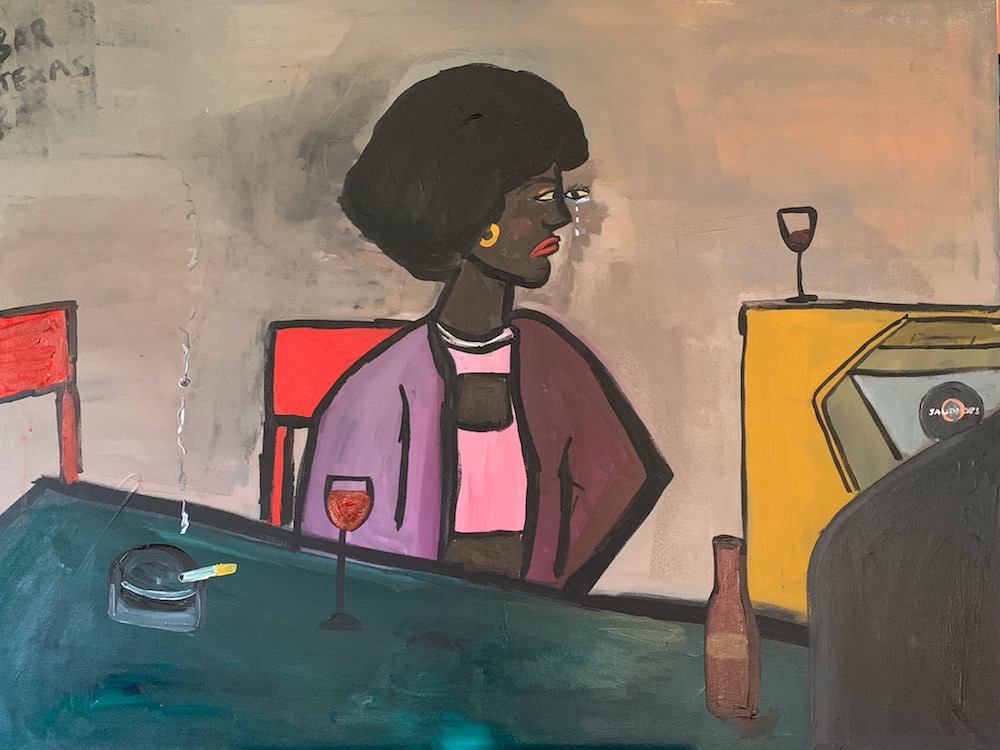
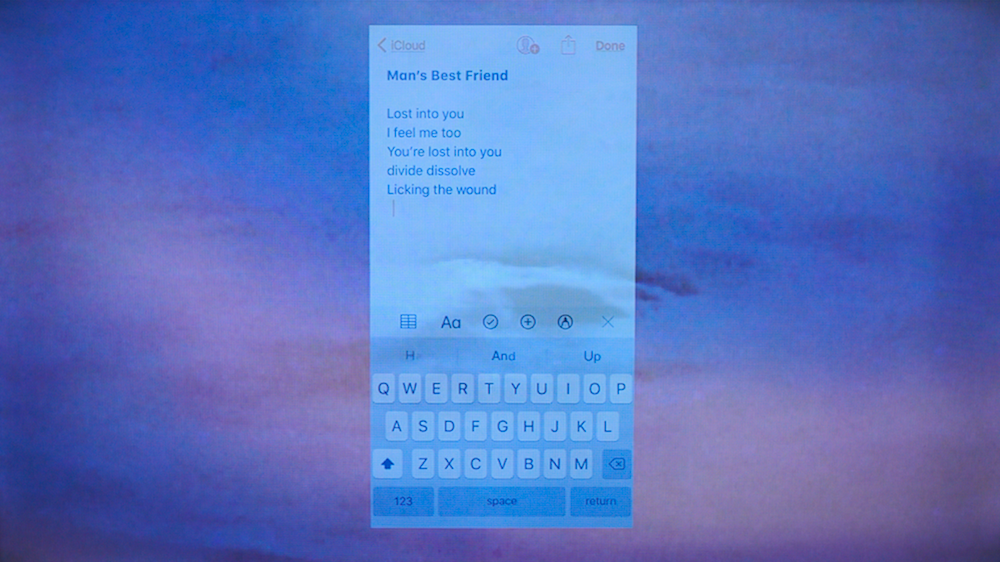
Left - Cassie Namoda
Right - Kelsey Lu
Photographer, director and actress Lily Gavin displayed two large scale black-and-white prints that were a modern interpretation of John Berger’s Ways of Seeing, a 1972 TV series of 30-minute episodes which were then adapted into a book with the same name. The book has since been a major player in feminist readings since its publication, focusing on the portrayal of women in popular culture.
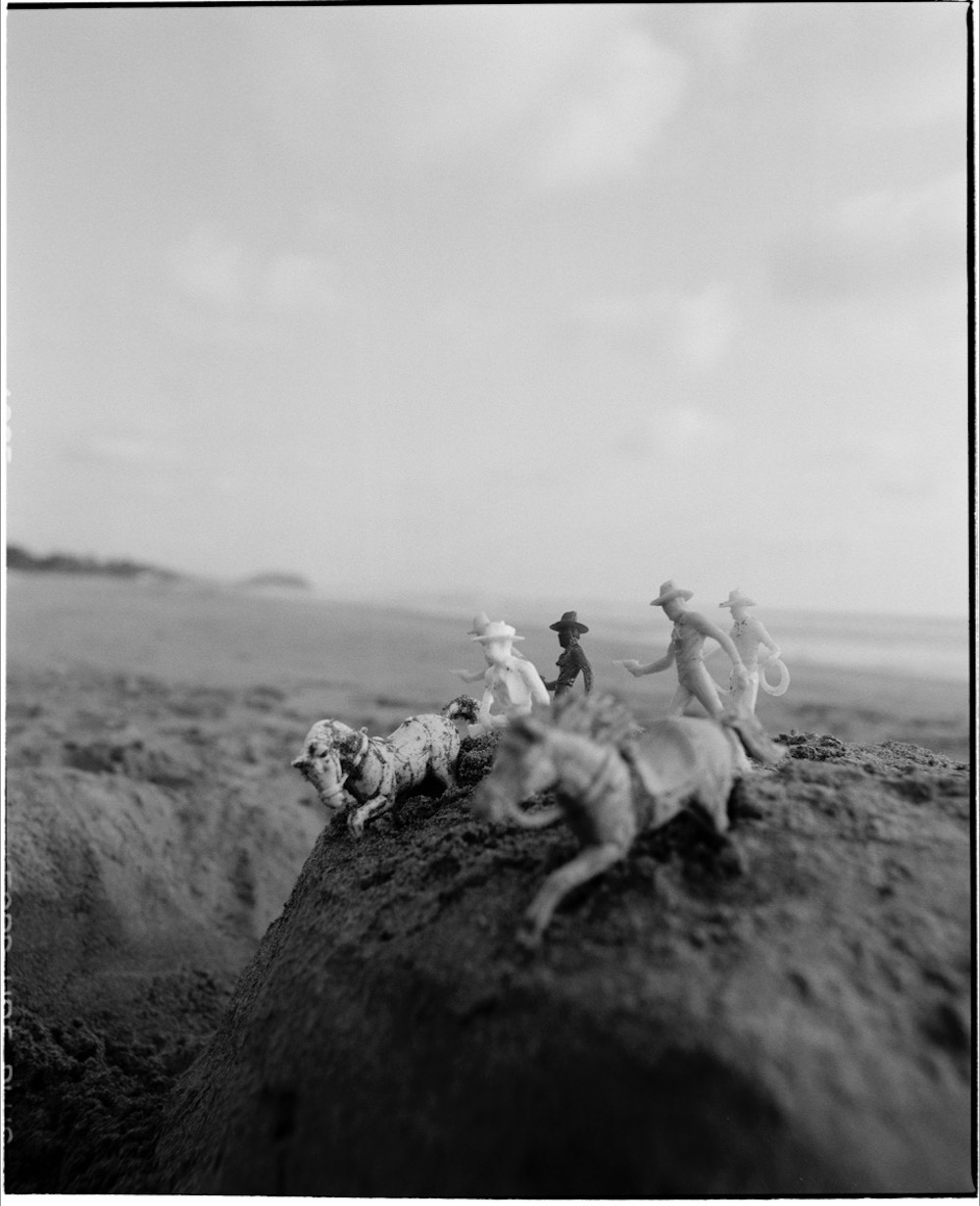
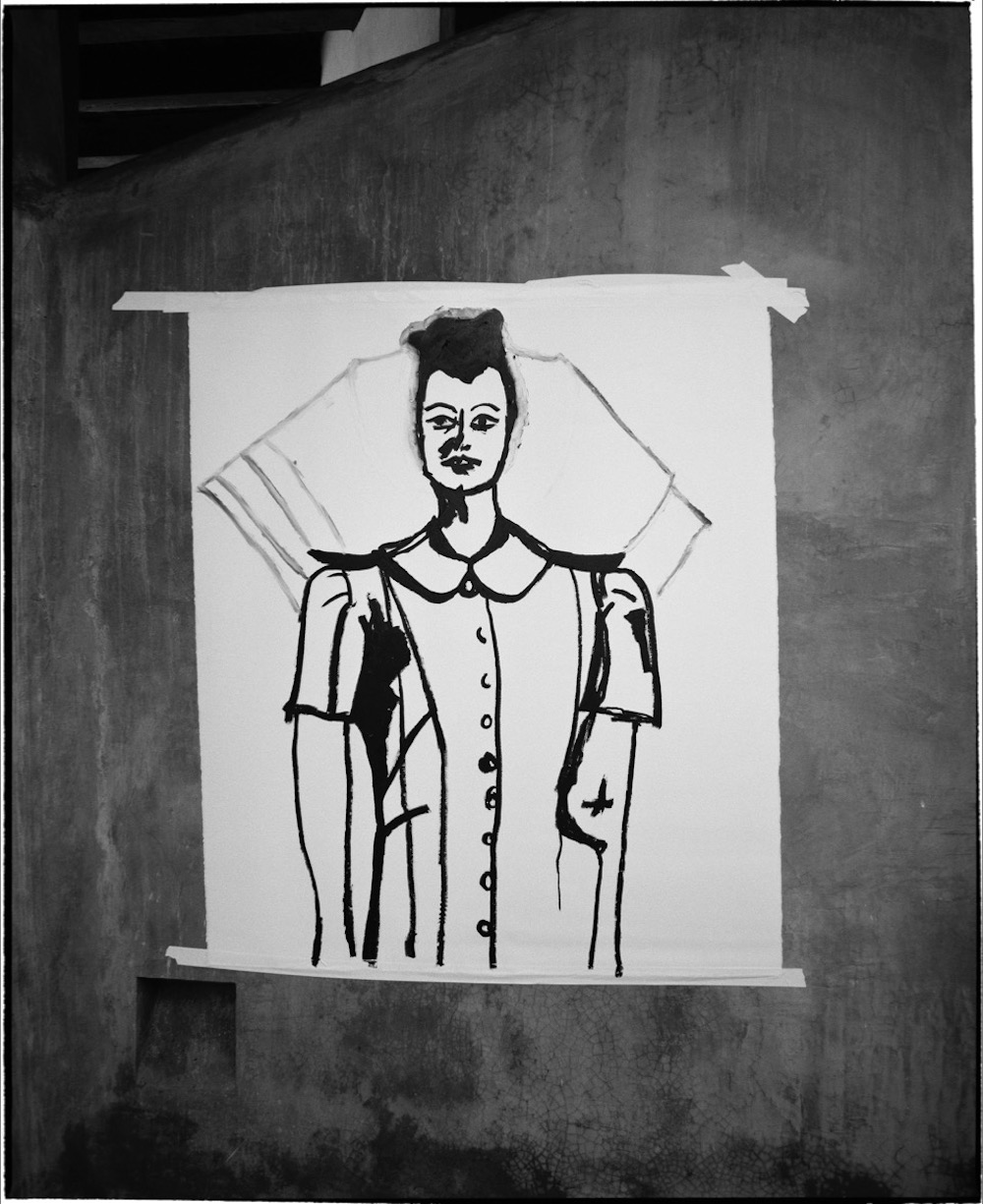
Lily Gavin
“Thoughts become words, words become images” will run from September 12 to October 13 at HVW8 Art + Design Gallery, located at 661 N Spaulding Ave in LA.


